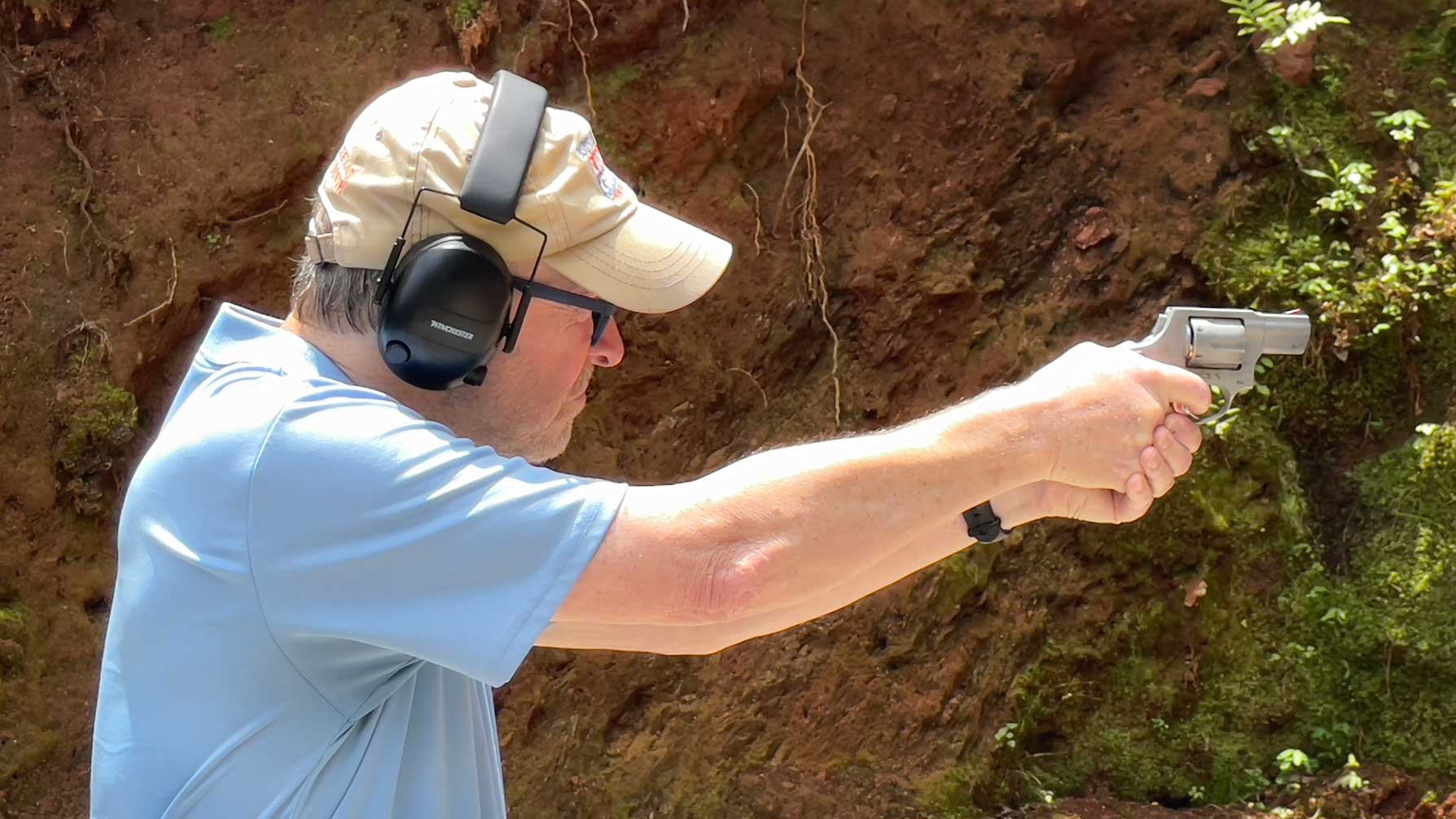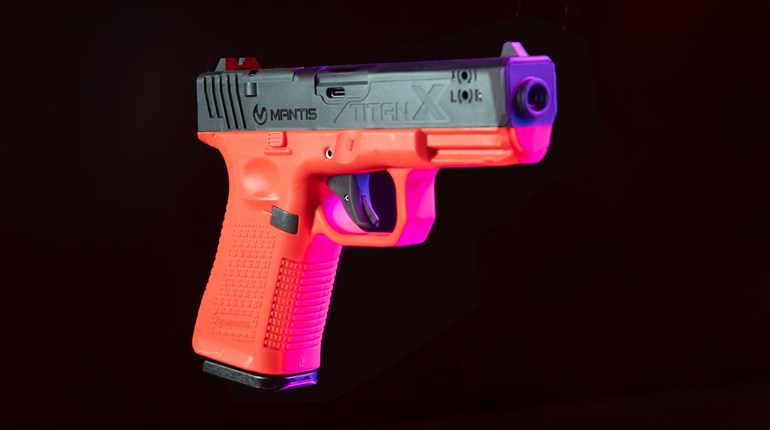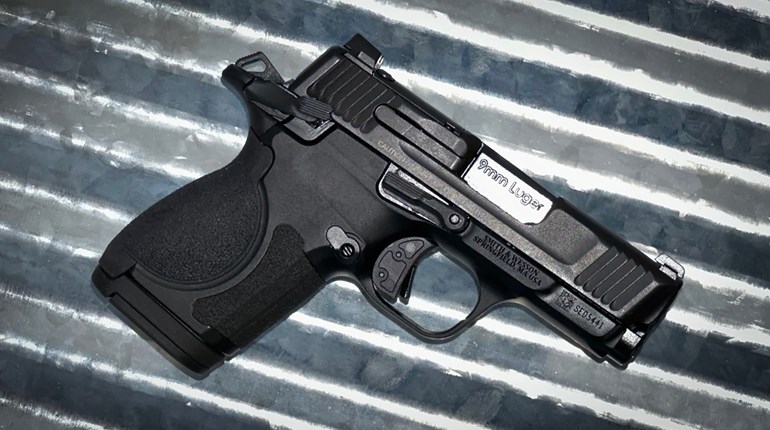
I have to confess that I never understood America’s love for the wheelgun. I mean, sure, it was state of the art for, say, 1885 and continued to be relevant through the first part of the 20th century, but when semi-automatic pistols started showing up and getting more and more reliable, I never really saw the point of a revolver. I mean, why carry, say, a Smith & Wesson K-frame that held six rounds when you could carry something that held twice as much ammo?
However, working for a publication like Shooting Illustrated means being reasonably competent with just about every type of firearm in existence, so I decided to fill the gaps in my knowledge and take a class on how to shoot a revolver a little bit better than I currently do. My timing was good because Claude Werner was running a Revolver Operator class at the Complete Combatant's range in Georgia.
Werner’s nickname is “The Tactical Professor,” and he earned that moniker by conducting extremely thorough research before he stands up to teach a class. From the techniques of Jacob “Jelly” Bryce to the changes in police training brought about by the Newhall Massacre, he showed us how revolver training has evolved and how it works in the real world.

I decided to go old-school for this class and use a Smith & Wesson Model 10 that I bought as a police trade-in a few years ago. I teamed that up with a classic Galco Combat Master OWB holster and used 148 grain .38 Special wadcutters from Fiocchi. I walked into this class thinking “Why would you rely on a gun that held just five (or six) shells when you can use one that holds ten or more?”, but Claude explained that after combing through five years worth of “The Armed Citizen” columns on Shooting Illustrated’s sister site, American Rifleman, he found only one incident that couldn’t have been solved with a five-shot snub-nosed revolver.
Okay, point taken.
On The Range With Our Revolvers

Then it was time to head to the range and learn how to run our wheelguns. We started by learning how to load a revolver. Unlike a semi-automatic, where the reloading is fairly easy to learn, (“You put the box full of ammo into the hole at the bottom of the gun”), there are different ways to load a revolver. Werner prefers to hold the gun, cylinder open, straight down in your support hand and have your spare ammo in that hand as well, ready for use. “Gravity is your friend anytime you’re loading or unloading a revolver, so put it to use,” he said.
We then covered some of the different ways to load efficiently, such as speed strips and speed loaders. Specific products we covered were the HKS, Safariland and Speed Bee speed loaders as well as speed strips from DeSantis, Zeta6 and others. One surprisingly effective method of reloading turned out to be the Galco 2x2x2 Ammo Carrier, which holds six rounds of ammo in three groups of two. Using this made it fast and easy to get my gun back in the action, especially when it was carried around your appendix,
We then moved on to gripping the gun. We started out with a variant of the classic “thumbs forward” two-handed grip, folding our thumbs down to keep them away from interfering with the cylinder. However, I have long, skinny fingers and I found it was more comfortable for me to tuck the thumb of my support hand around the back of my strong hand and shoot my revolver that way.
I gained confidence in my ability to get rounds on-target as class progressed, and while I’ll never reach the levels of a Miculek, I started to appreciate the ease of use of a revolver. Yes, the trigger pull is much longer and heavier than the vast majority of semi-automatics and yes, it holds fewer rounds than a sem-automatic of equivalent size and caliber does, but that doesn’t mean it won’t get the job done. Is a revolver my first choice for a defensive pistol? No. Is it a bad choice for a defensive pistol? After this class, I can wholeheartedly answer “No” to that question.





































